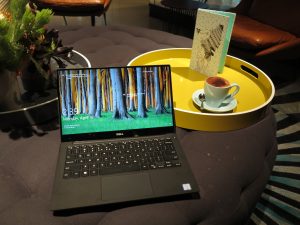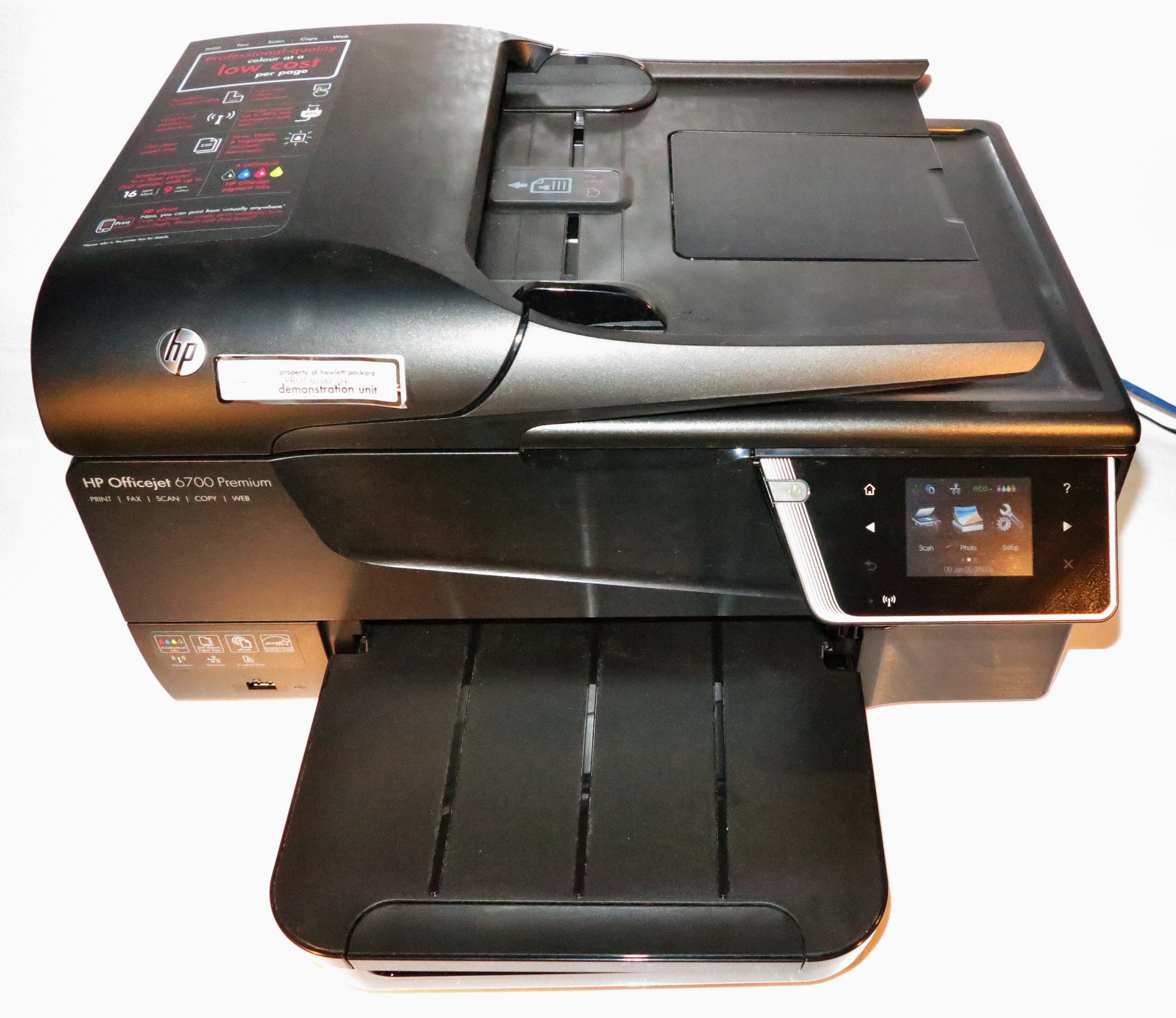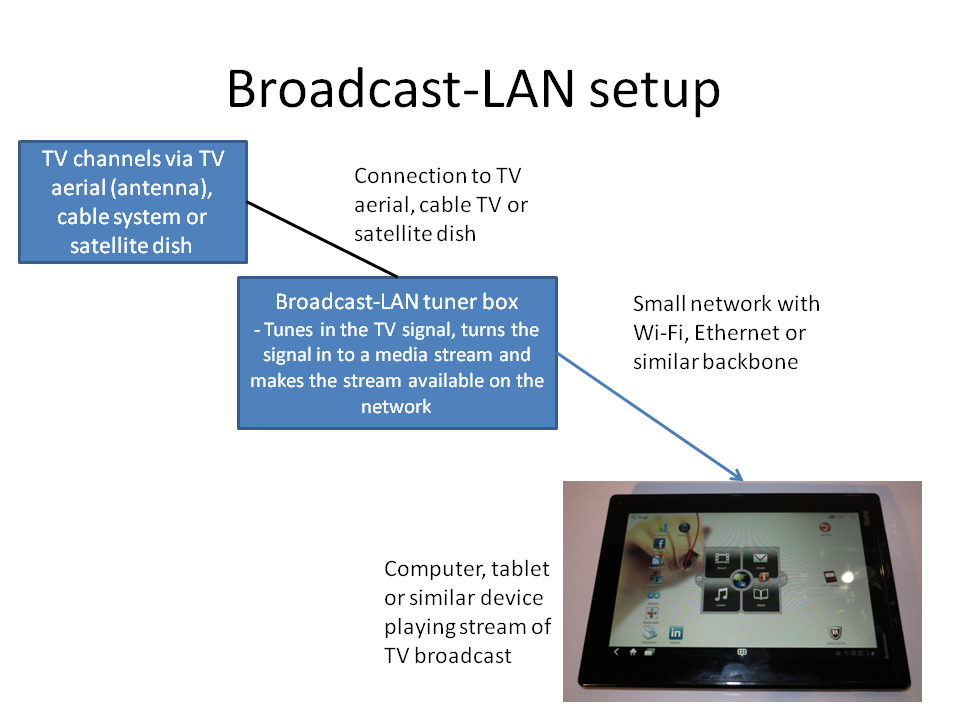Articles

Sonnet eGFX Breakaway Puck integrated-chipset external graphics module – the way to go for ultraportables
This Little Box Can Make Even the Junkiest Laptop a Gaming PC | Gizmodo
From the horse’s mouth
Sonnet
eGFX Breakaway Puck (Product Page, Press Release)
My Comments
Increasingly there has been the rise of external graphics modules that connect to your laptop or small-form-factor desktop computer via its Thunderbolt 3 port. This has allowed this class of computer to benefit from better graphics hardware even though they don’t have the ability for you to fit a graphics card in them. Similarly, they would appeal to users who have an ultraportable computer and mainly want the advanced graphics in a particular environment like home or office but don’t care about it on the road.
But most of these devices have come in the form of a “card-cage” which houses a desktop-grade graphics card, which is all and well if you are thinking of using gaming-grade or workstation-grade desktop graphics hardware. As well, these “card-cage” units would take up a lot of space, something that may not be beneficial with cramped desktop or entertainment-unit spaces.
Acer previously issued one of these external graphics modules which has an integrated NVIDIA graphics chipset but Sonnet has now come to the fore with the eGFX Breakaway Puck that uses integrated AMD Radeon graphics silicon. This device is sold as two different models with one equipped with the AMD Radeon RX560 GPU and another with the better-performing Radeon RX570 GPU.
The Sonnet eGFX Breakaway Puck can be stuffed in to a backpack’s pocket this making it appeal to users who are likely to be travelling more. As well, they offer a VESA-compliant bracket so that this external graphics module can be mounted on a display stand or arm for those of us who want as much space on the desktop as possible.
Connectivity for external displays is in the form of 3 DisplayPort outlets and 1 HDMI 2.0b outlet to cater for multi-monitor setups. It also exploits the Power Delivery standard to supply up to 45W of power to the host computer which can mean that you don’t need to use the computer’s charger to power the host computer.
There could be some improvements regarding connectivity like having another Thunderbolt 3 / USB-C port for connection to other peripherals, something that can be of concern with ultraportables that use very few connections. But I would see this opening up the idea for similarly-sized integrated-chipset external graphics modules both as highly-portable “add-ons” for laptop computers or to create “building-block” approaches to small-form-factor “NUC-style” desktop computer setups.



